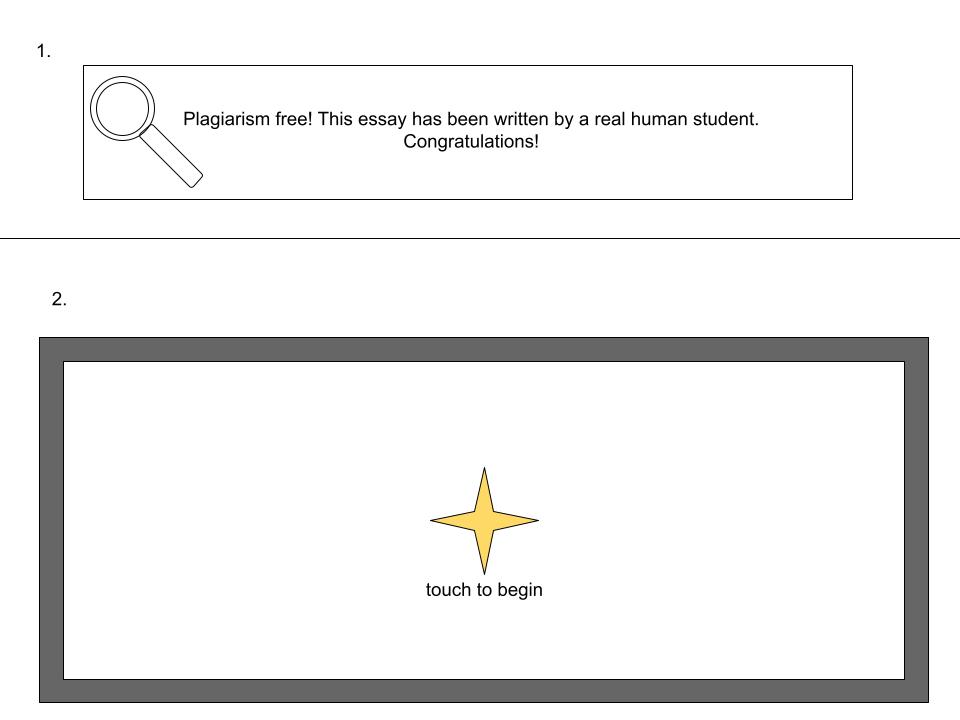

Design Forward
An emergent exploration of critical instructional design.
Design Forward
Portfolio Part: My Dream Tech
DREAM TECH TOOL
My Dream Tech
Step One
Imagine suddenly you have the power to design the technology tool for teaching of your dreams, unrestricted by cost, achievability, skills, the laws of physics, etc. What is it? What are its features? How does it work? Describe your technology tool in as much detail as possible.
A couple of things come to mind:
1) The perfect plagiarism checker. Now that we have bots that write like humans (scary!), I want a technology that can tell me absolutely for sure that a student didn’t procure a bit of writing from the internet. I had a high school student last semester use the bot to write an essay, and thankfully it used some pretty sophisticated language that made it obvious that it wasn’t written by a high schooler. But I was horrified that the student did this and that the bot did such a great job. I used to pride myself on my ability to detect plagiarism, but now I’m suspicious of everything a student turns in, especially in my online asynchronous class. How do I combat this?
2) I used to have a big Promethean Board, and I loved it. Don’t get me wrong, it had its glitches and was frustrating at times, but I loved it. If I could make it more perfect, that would be the technology I would want. I want a big wall-sized tablet that works like magic at my fingertips. I can write easily on it, connect to any websites on it, it works wirelessly and plays all the videos I want. And it’s stylish and attractive, of course.
Step Two
Next, create some kind of visual representation of the tool, its interface, it being used, etc. Upload your image below.

Step Three
Now, based on the tool that you designed, consider: What instructional problem does it solve? What NEW problems might it present? Who does it include and who does it leave out? What does this tool tell us about you and your values? Consider these questions from the student perspective. What might their response to your dream tool be?
